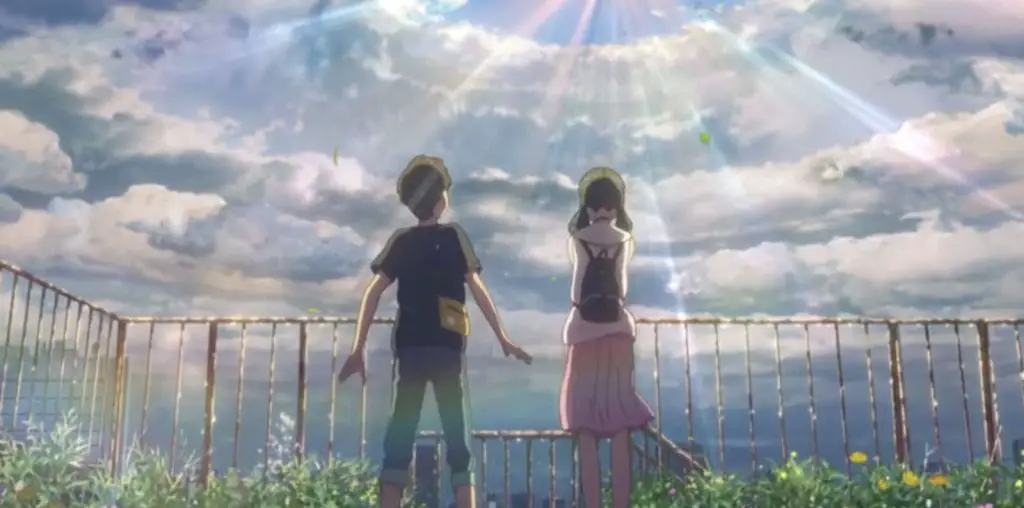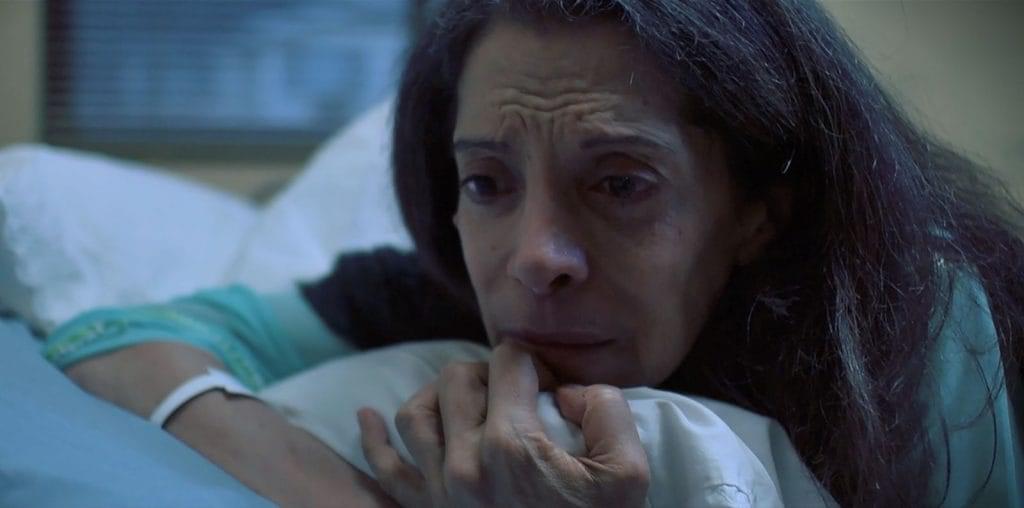
This video is a sumptuous celebration of the (to the East Coast eye) astonishing landscape of the American West. The video opens with a shot of an antique slide rule: an elongated cylinder in which outer ruled ribs can rotate separately from an inner ruled cylinder. Apparently, the entire soundtrack of the film is made from electronic manipulations of the of the squeaky sounds made by this ruler. To my ear, they sound like the howlings of the mythical “prairie ghosts” through the canyons at midnight.
The basic footage of the film consists of the Western landscape, as viewed through the side window of a car hurtling Westward (if we are looking North). The widescreen video format adds to the sense of horizontal extension. This is a specifically American sense of space, celebrated by artists such as Martha Graham in “Appalachian Spring.” It is primarily felt as an emptiness to be rushed into or across. (We had to commit genocide in order to make it as empty as we wished it.)
Rose uses a number of collage techniques to layer together different shots. At times, vertical columns of one shot are superimposed on top of another, the verticality offsetting the sense of width. In many shots, a variety of sophisticated matting techniques are used, so that the sky of one shot appears behind the sands of another, or the rocks of one shot are glimpsed between the trees of another. At the end of the video, these extremely beautiful effects are explicitly related to the differently rotated horizontal layers of the slide rule.
The starkness of the desert, along with the eerily howling sound, gives a feeling of loneliness and freefloating anxiety to the video. Rose has written that this video was created as an immediate response to the attacks of 9/11. Perhaps the video represents an East Coast desire to flee from the verticality of the city as fast as possible into the flat extension of the plains. This desire for escape is also quintessentially American.

